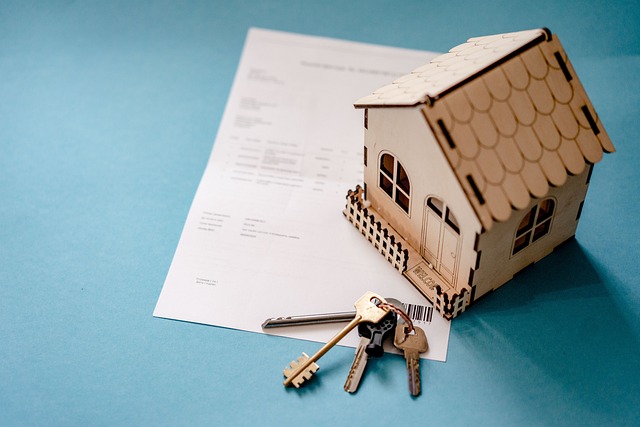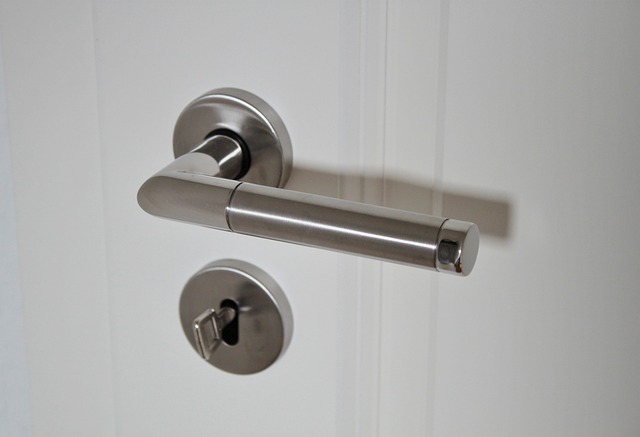In today's digital age, securing remote homes is a top priority. Wireless security solutions, including advanced alarm systems and weatherproof cameras with long-range capabilities, offer an ideal approach for off-grid and rural living. These innovative products eliminate complex wiring, making them perfect for solar-powered homes. Equipped with motion sensors, they provide robust protection and real-time monitoring via smartphone apps, ensuring peace of mind even in challenging weather conditions. Solar-powered wireless security systems, designed for extreme conditions, offer advanced features like long-range surveillance, smart security, and sustainable operation, transforming remote home security with efficiency and effectiveness.
In the realm of remote home security, weatherproof wireless cameras offer a robust solution for extreme conditions. This article delves into the needs of securing isolated dwellings and how advanced features like water resistance and solar integration enhance rural area protection. We explore long-range connectivity options and the benefits of integrating wireless alarm systems with renewable energy sources. Discover how smart home security can transform remote properties, ensuring peace of mind even in challenging environments, featuring motion sensors for enhanced vigilance.
- Understanding the Needs of Remote Home Security
- Key Features of Weatherproof Wireless Cameras
- Integration with Solar Power and Long-Range Connectivity
- Setting Up a Smart Home Security System for Rural Areas
Understanding the Needs of Remote Home Security

In today’s digital era, maintaining secure and peaceful minds, even in remote areas, is paramount. Remote home security systems offer a critical line of defense against potential intruders, providing homeowners with peace of mind, regardless of their location. For those living off-grid or in rural settings, wireless alarm systems designed for long-range communication and rugged conditions are essential. These innovative solutions eliminate the need for expensive and cumbersome wired installations, making them ideal for solar-powered homes seeking self-sufficiency.
Wireless security cameras with enhanced weatherproofing and long-range capabilities further strengthen remote home security. Equipped with motion sensors, these smart home security devices can detect and alert homeowners of any unusual activity, empowering them to take swift action. From rugged outdoor enclosures to crisp HD video transmission, these cutting-edge technologies ensure that every angle is covered, even in the most challenging weather conditions.
Key Features of Weatherproof Wireless Cameras

Weatherproof wireless cameras designed for extreme conditions offer a range of advanced features tailored to enhance remote home security. These systems often incorporate robust construction, waterproof ratings (like IP67 or higher), and durable materials to withstand harsh weather, making them ideal for rural areas or remote properties. Many are powered by solar energy, ensuring reliable operation with minimal environmental impact and eliminating the need for frequent battery replacements. Long-range wireless cameras provide clear, uninterrupted surveillance, allowing homeowners to monitor their properties from afar via smartphone apps.
Smart home security features such as motion sensors, automated alerts, and two-way audio further bolster these camera systems’ capabilities. Motion sensors trigger alerts when activity is detected, while two-way audio enables direct communication with visitors or intruders. These integrated functionalities make wireless security for remote homes a practical and effective solution, offering peace of mind and enhanced safety for those living off the grid or in rural locations.
Integration with Solar Power and Long-Range Connectivity

The integration of solar power and long-range connectivity significantly enhances the capabilities of wireless security cameras designed for extreme conditions. Solar energy ensures these cameras operate sustainably, eliminating the need for frequent battery replacements or power cords, making them ideal for remote home security systems. This renewable power source is especially beneficial for rural areas with limited access to traditional electricity grids, allowing for robust wireless alarm systems that can monitor and protect properties over vast distances.
Long-range wireless cameras equipped with advanced connectivity features enable real-time monitoring and control from virtually anywhere. These smart home security solutions incorporate motion sensors, enhancing their effectiveness in detecting and responding to activities at remote properties. By combining solar power and long-range connectivity, these cameras offer a comprehensive approach to rural security, ensuring peace of mind for homeowners while promoting energy efficiency and environmental sustainability.
Setting Up a Smart Home Security System for Rural Areas

In rural areas where traditional wired security systems may not be feasible due to remoteness or high installation costs, wireless security solutions offer a practical and cost-effective alternative. Wireless home security systems, including long-range cameras and solar-powered devices, are ideal for remote properties as they eliminate the need for complex wiring and costly infrastructure. These systems can provide comprehensive protection with motion sensors, allowing homeowners to monitor their properties from anywhere using their smartphones.
For optimal rural home security, consider setting up a network of wireless cameras that cover various entry points and strategic locations. Long-range connectivity ensures these cameras can transmit clear footage even in challenging weather conditions. Integrating solar power into the system enhances its sustainability, making it an ideal solution for off-grid or remote sites where access to electricity is limited.
When securing a remote home or property, weatherproof wireless cameras offer an effective solution for extreme conditions. By integrating solar power and long-range connectivity, these systems enhance rural area security with minimal environmental impact. With key features like motion sensors, clear night vision, and reliable wireless alarm functionality, smart home security is now accessible and robust for even the most isolated locations.
